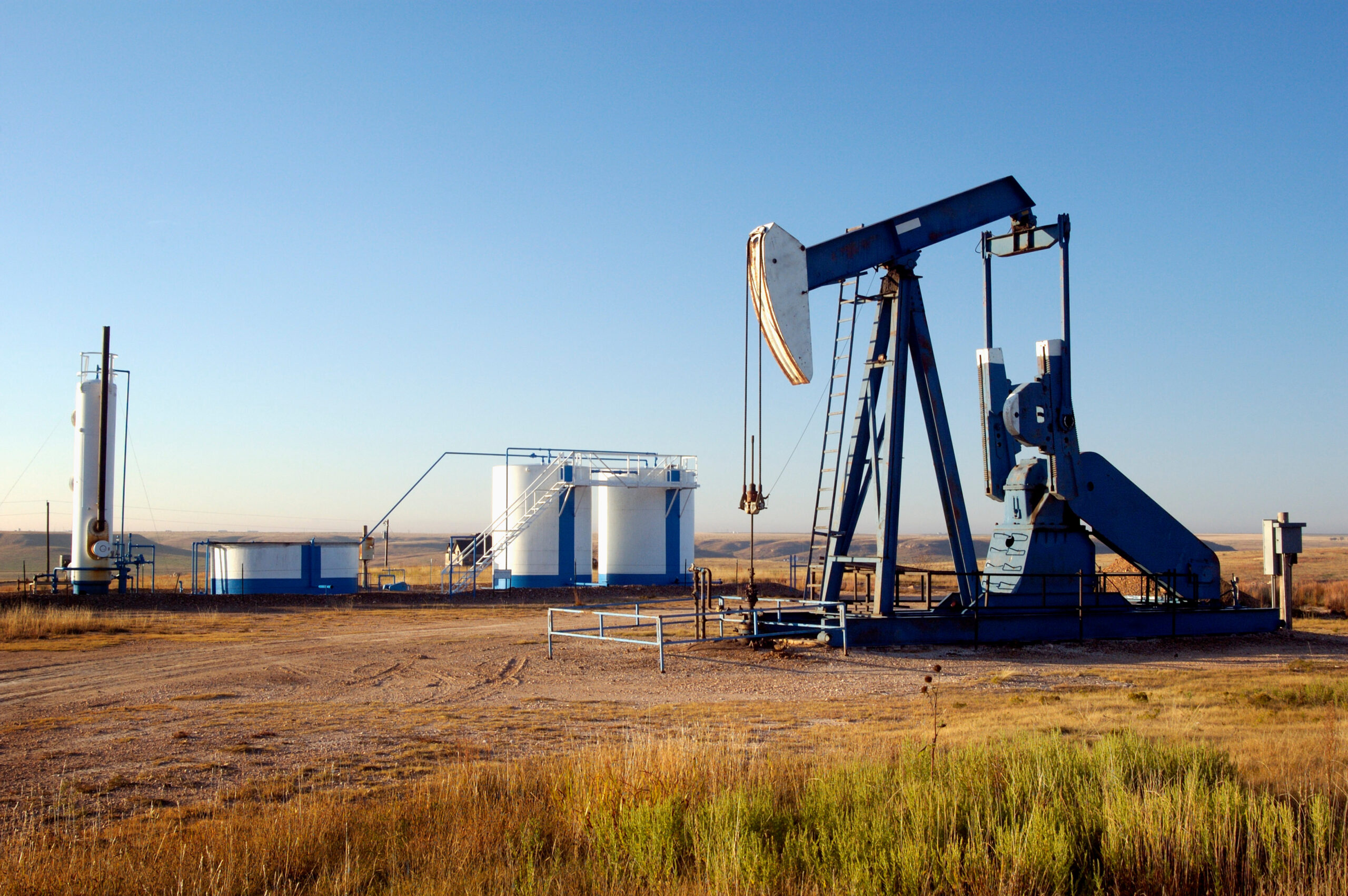Low gas prices force U.S. drilling slowdown
A 75 percent decline in natural gas prices since last year’s peak has the U.S. drilling industry bracing for a slowdown.

Low natural gas prices are beginning to force the gas industry to slow down on the pace of drilling, and may even cause companies to defer completions of already-drilled wells until next winter, according to Wood Mackenzie.
Natural gas prices soared last year in response to the global energy crunch following Russia’s invasion of Ukraine. But prices tumbled during winter months as a mild winter led to U.S. gas storage levels rising above the five-year average. The explosion of Freeport LNG in June 2022 also trapped more gas than expected inside the U.S., helping to fill inventories.
In November 2022, at the start of the high demand season, Henry Hub prices were above $6 per million Btu, but prices slumped below $2.50/MMBtu by January.
Prices have mostly traded sideways since then, with front-month Henry Hub contracts down below $2.20 as of early May, a decline of more than 75 percent since a peak hit last August at over $9/MMBtu.
Gas storage levels stood at 2,009 billion cubic feet as of April 21, sharply higher than the 1,484 billion cubic feet from the same week a year earlier.
With inventories full and prices in the doldrums, gas companies are starting to hit the brakes on the rate of drilling, and “a supply response to low gas prices may also be necessary to avoid storage containment this summer,” Wood Mackenzie analyst Nathan Nemeth wrote in a recent report.
There are three main ways that this might occur, according to Nemeth. U.S. drilling activity could slow. In addition, companies with wells that are either already drilled or will be drilled soon may decide to hold off on actually completing them, deferring a production increase until next winter. Or, a more extreme response would be to shut-in wells that are currently producing.
“Ultimately, a multitude of supply responses may be necessary,” the WoodMac report said. “After exploring the volumetric impacts of each scenario on end-of-season gas storage, reductions of drilling activity, deferring well completions and economically shutting in wells in key dry gas plays such as the Haynesville and Northeast may concurrently be necessary.”
U.S. drilling to slow
On earnings calls with investors, top shale gas executives have suggested that a slowdown is on the cards.
“As we mentioned last quarter, the lower end of our guidance range contemplates scenarios where we slow our production cadence for the year should natural gas prices continue to deteriorate,” Toby Rice, CEO of Pittsburgh-based EQT, the largest gas producer in the country, told investors on an earnings call in April.
Chesapeake Energy told investors that it may hold off on bringing new wells online because of low prices. “As we go through the summer months there is going to be plenty of volatility in the market,” Chief Executive Nick Dell’Osso told investors.
And Tellurian, a Texas-based gas company aiming to build a large LNG terminal in Louisiana, said that it would stop drilling. “Given that prices have come down very dramatically, we have decided to discontinue the drilling for the time being,” Tellurian executive chairman Charif Souki said on May 3. “We are not going to drill for now going forward until prices recover.”
In another sign of weak market conditions, deal-making in the shale industry has declined to its lowest level in two years.
Not all companies will feel the impact in the same way. “We think that all types of companies will respond, but smaller companies have been responding first,” Nemeth told Gas Outlook. “That said, we are already seeing activity slowdown from the larger players in the Haynesville including Comstock, Southwestern and Chesapeake.”
At the same time, hedging may allow some gas drillers to avoid a steep drop in earnings, allowing activity to continue.
“Yes, we have already heard of some producers slowing activity, but it is not widespread. Numerous producers have hedges in place, so the drop in price does not really affect their activity,” Barin Wise, vice-president of feedstocks & fuels at ICIS, a global energy consulting firm, told Gas Outlook in an email. “Servicing costs are topping, so this will help in bringing down breakeven costs moving forward, albeit gradually.”
An increasing portion of U.S. gas production actually comes as a by-product from oil-focused drilling. This so-called “associated gas” is not the main target for drillers, but comes out of the ground anyway along with crude oil, particularly in the Permian basin. That could shield some gas production from market headwinds.
“The drilling slowdown will have no effect on the associated gas pulled from oil-producing shales,” Wise said.
When asked which region may be most exposed to the slump in gas prices, Wise pointed to the gas-rich region that straddles the Texas-Louisiana border.
“I suspect the Haynesville is the most vulnerable. Breakeven costs in that region are above $3/MMBTU and we understand smaller producers are responding,” Wise said. “Breakeven costs in the Marcellus shale are in the low to mid-$2’s, so I don’t believe production in Appalachia has been affected yet.”



